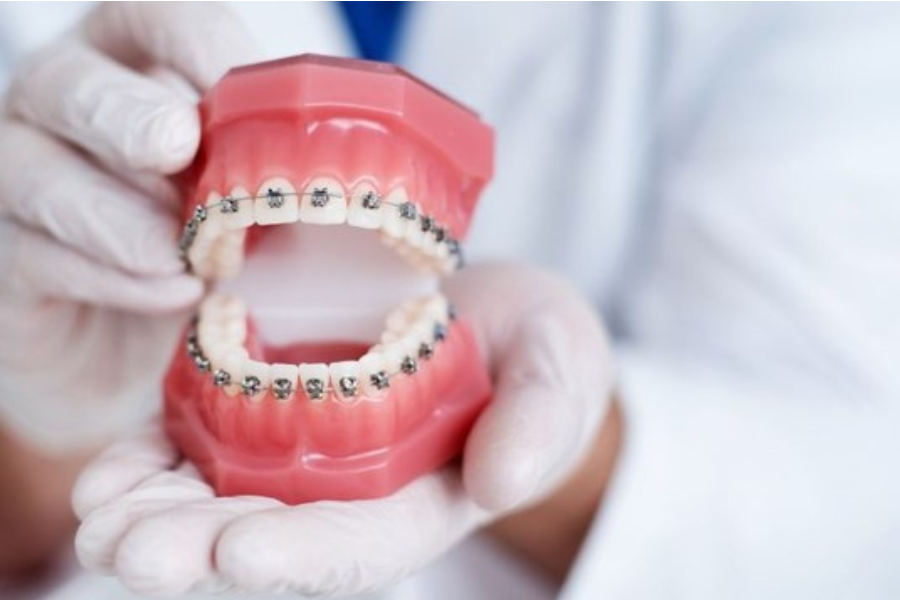How Long Do Cosmetic Dental Treatments Last?
Your Complete Guide to the Lifespan of a Beautiful Smile
Cosmetic dentistry is all about enhancing your smile—whether it’s whitening teeth, reshaping gums, or replacing missing teeth. One of the most common questions patients ask before committing to treatment is: How long do cosmetic dental treatments last?
In this comprehensive guide, we’ll break down the typical lifespan of popular cosmetic procedures, compare treatment options, share expert maintenance tips, and help you make informed decisions about your smile makeover.
🎯 Who Is This Guide For?
This blog is perfect for:
- Adults considering a smile transformation
- Patients curious about treatment durability and value
- Individuals wanting low-maintenance cosmetic results
- Those budgeting or planning their long-term dental care
🦷 How Long Do Cosmetic Dental Treatments Last?
Here’s a quick overview of how long common cosmetic treatments typically last:
| Treatment | Average Lifespan |
| Teeth Whitening | 6 months – 3 years |
| Dental Veneers | 10 – 15 years |
| Dental Bonding | 3 – 10 years |
| Invisalign/Braces | Permanent (with retainer use) |
| Dental Crowns | 10 – 20 years |
| Dental Implants | 20+ years (often lifelong) |
| Gum Contouring | Permanent |
| Tooth Contouring | Permanent |
Let’s explore each in more detail below.
✨ 1. Teeth Whitening
Lifespan: 6 months to 3 years
Professional teeth whitening offers dramatic results, but longevity depends on diet, smoking, and oral hygiene. In-office whitening lasts longer than at-home kits.
Tips to Extend Results:
- Avoid staining foods/drinks (coffee, red wine, berries)
- Use a straw for beverages
- Brush with whitening toothpaste
- Schedule periodic touch-ups
😁 2. Dental Veneers
Lifespan: 10 to 15 years
Porcelain veneers are thin, custom-made shells bonded to the front of teeth. They’re stain-resistant and long-lasting, making them ideal for those seeking a uniform, bright smile.
Care Tips:
- Avoid biting hard foods (ice, nuts)
- Wear a nightguard if you grind your teeth
- Maintain excellent oral hygiene
🪥 3. Dental Bonding
Lifespan: 3 to 10 years
Bonding involves applying tooth-colored resin to fix chips, cracks, or gaps. While cost-effective and quick, it’s less durable than veneers and more prone to staining or chipping.
Care Tips:
- Don’t chew pens or fingernails
- Limit intake of staining foods
- Schedule regular dental exams
😬 4. Invisalign and Braces
Lifespan: Permanent with proper retention
Orthodontic treatment straightens teeth permanently, but retainer use is essential. Without it, teeth may shift back over time.
Post-Treatment Care:
- Wear retainers as directed
- Keep them clean and stored properly
- Visit your orthodontist for retainer checks
👑 5. Dental Crowns
Lifespan: 10 to 20 years
Crowns cover damaged or unsightly teeth and offer both cosmetic and restorative benefits. Porcelain or ceramic crowns used in cosmetic cases are both strong and natural-looking.
Maintenance Tips:
- Avoid grinding or clenching
- Practice daily flossing to prevent decay near the gumline
- Have them checked regularly for cracks or wear
🦷 6. Dental Implants
Lifespan: 20+ years or lifelong
Implants replace missing teeth and integrate with your jawbone. They’re the most durable cosmetic solution and mimic natural teeth in function and appearance.
Longevity Factors:
- Healthy gums and bone structure
- Avoid smoking
- Consistent oral hygiene and dental checkups
🌿 7. Gum Contouring
Lifespan: Permanent
This procedure reshapes uneven gum lines or treats “gummy smiles.” The results are long-lasting, especially with proper gum health maintenance.
Tip: Brush and floss gently but thoroughly to prevent gum disease and maintain contour.
🪞 8. Tooth Contouring
Lifespan: Permanent
Tooth reshaping is used to refine tooth edges or length. Since it removes small amounts of enamel, results are permanent—but it’s only suitable for minor cosmetic changes.
📈 Comparative Table: Cosmetic Dental Treatments at a Glance
| Treatment | Average Cost | Lifespan | Invasiveness | Best For |
| Whitening | $300–$600 | 6 mo – 3 yrs | Low | Brightening stained teeth |
| Veneers | $800–$2,500/tooth | 10–15 yrs | Moderate | Smile makeovers, chips, gaps |
| Bonding | $150–$600/tooth | 3–10 yrs | Low | Minor repairs and cosmetic fixes |
| Invisalign | $3,000–$7,000 | Permanent | Moderate | Straightening teeth |
| Crowns | $800–$2,000 | 10–20 yrs | Moderate | Heavily damaged or decayed teeth |
| Implants | $3,000–$5,000 | 20+ yrs | High | Permanent tooth replacement |
🧠 Expert Tips: How to Make Cosmetic Treatments Last Longer
- 🪥 Brush & floss twice daily to protect restorations from decay or gum disease.
- 🧃 Avoid excessive sugar and acidic drinks which weaken enamel and restorations.
- 🦷 Regular checkups (every 6 months) to detect early signs of wear.
- 💤 Use a nightguard if you clench or grind your teeth.
- 🚭 Avoid smoking, which stains teeth and affects gum health.
💬 Real User Intent: Why Lifespan Matters
Patients often search “How long do cosmetic dental treatments last?” to:
- Understand long-term value before investing
- Plan for future maintenance or replacements
- Compare different treatment options
- Ensure their smile stays healthy and beautiful for years to come
This guide is designed to empower you with exactly that insight.
✅ Final Thoughts:
Cosmetic dentistry can significantly enhance your smile and confidence. Whether you want brighter teeth, straighter alignment, or flawless contours, understanding the longevity of each treatment helps you make a smart, personalized decision.
With proper care and maintenance, many cosmetic procedures can offer stunning results that last for years—or even decades.






